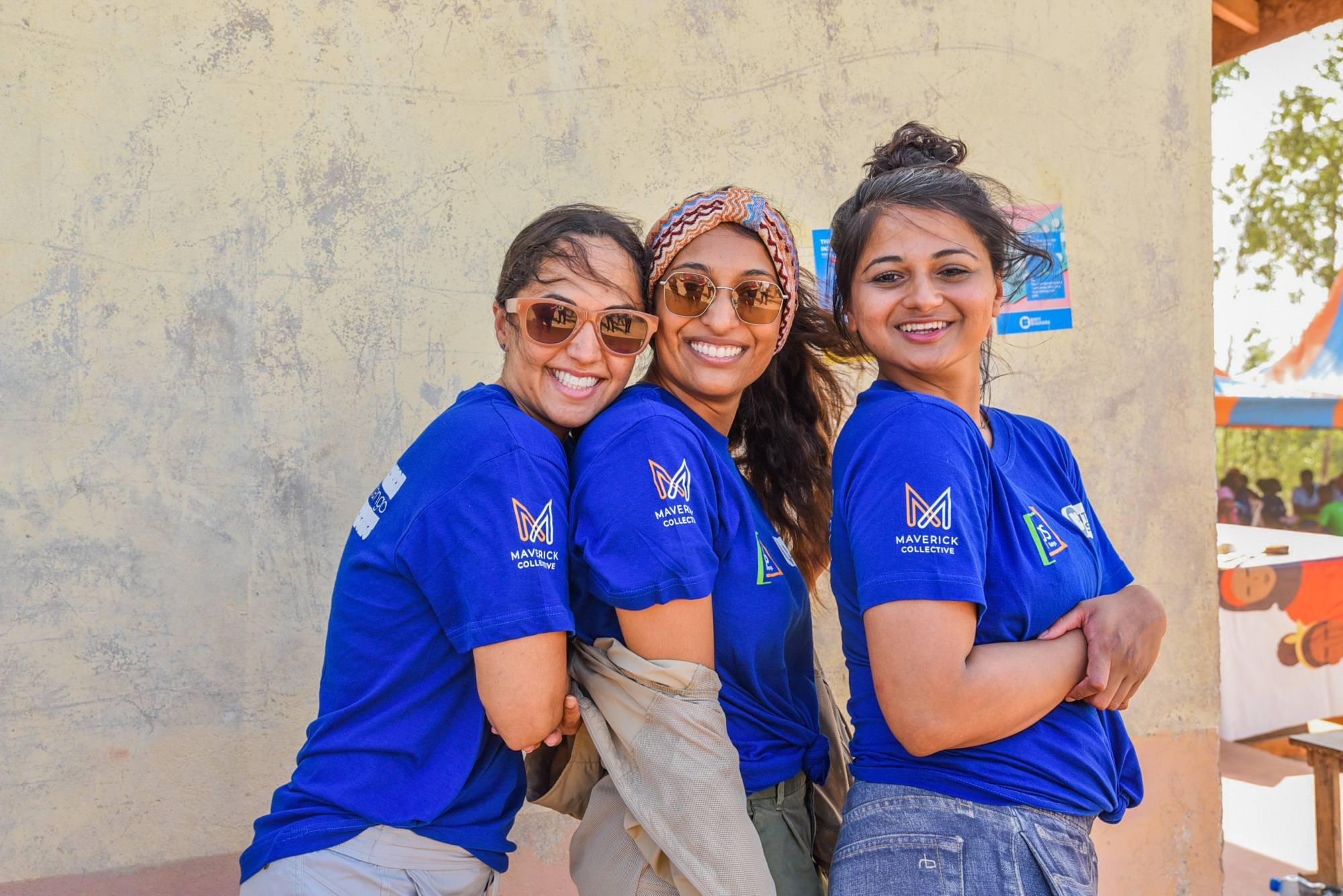A Human Centered Approach To Design For Development

DEVEX
Designers from California and development professionals from Tanzania wore T-shirts reading “Kuwa Mjanja,” Swahili for “be smart,” as they presented a movement that starts with girls at menses and continues with them to marriage. They pointed to their Kuwa Mjanja pads, condoms, and birth control packs, and screened a video of their conversations on the streets with the people at the center of the project design: the girls themselves.
“A conversation outlives a product. It outlives an intervention. It outlives all of us,” said Rena Greifinger, who focuses on youth-friendly sexual and reproductive health services, in her Kuwa Mjanja shirt.
This “design immersion,” hosted by Population Services International in Dar es Salaam, focused on the question: “How might we inspire medical professionals to be more willing, even excited, to provide contraceptive services to unmarried girls?”
Long days of presentations, interviews, collaborations, and field visits in taxis dispatched all over the city concluded with a workshop on what participants would keep or change about the immersion, exemplifying a key tenet of “human-centered design,” that it starts and ends with the beneficiary.
“What continues to stun me is organizations that have operated for years without anyone actually leaving the head office,” said Ravi Chhatpar, who left Frog to co-found the Design Impact Group at the global development advisory firm Dalberg. “A participatory approach versus a top down approach can also provide programs with more credibility and accountability.”

